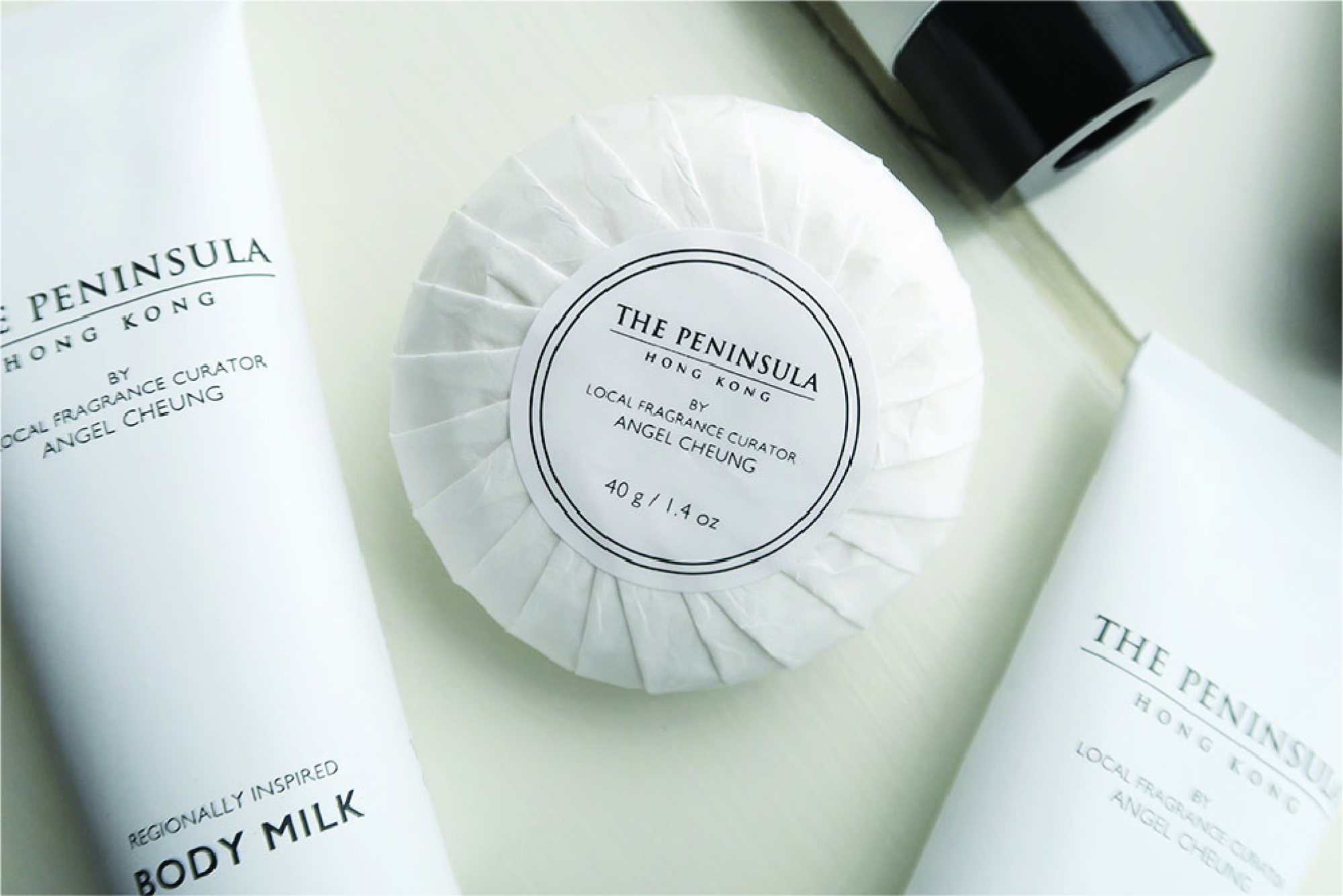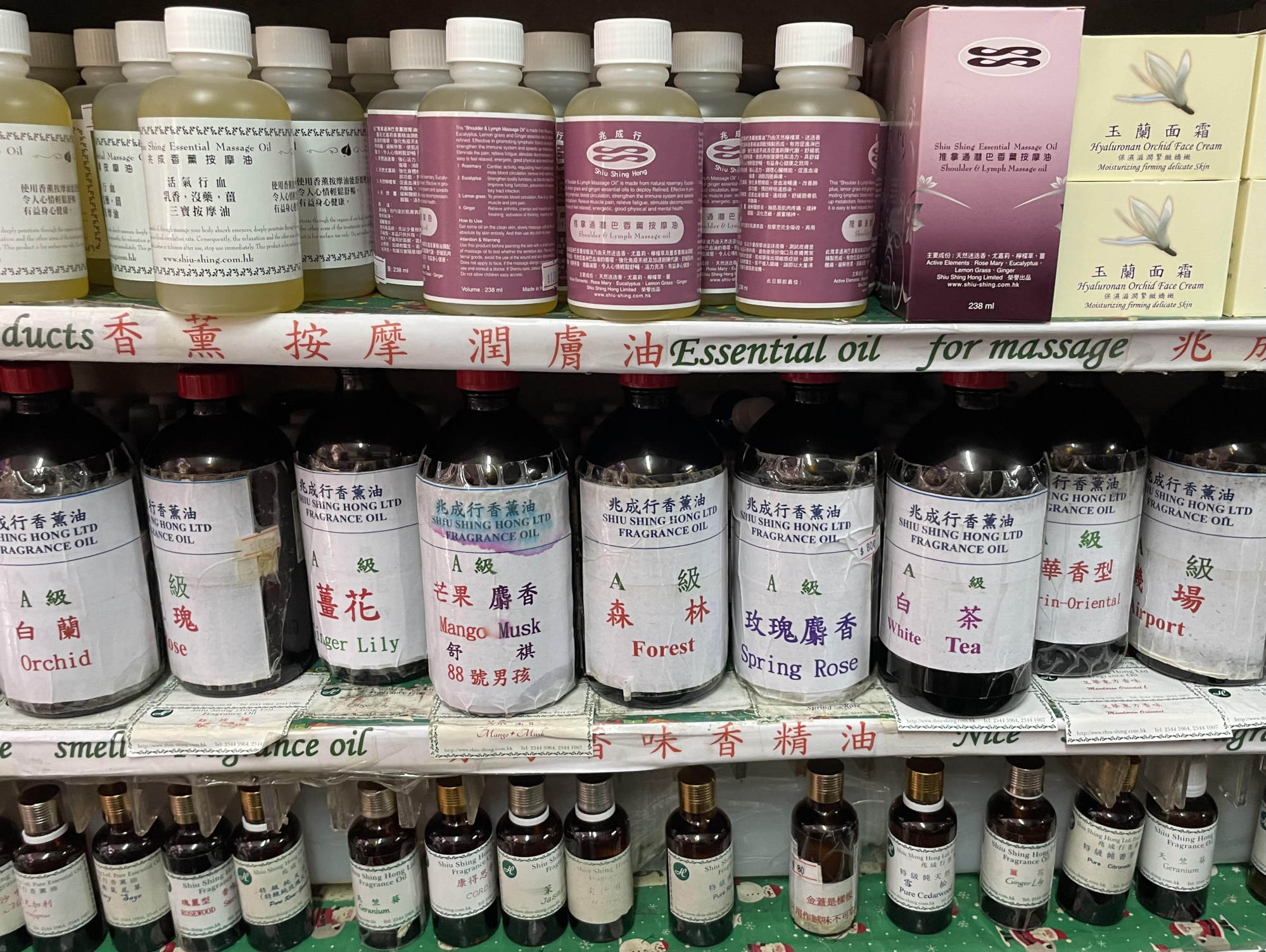Its Mandarin Oriental scent – evoking the Asia-based global luxury hotel chain – exudes refreshing floral notes of freesia and osmanthus, while Lululemon’s scent is reminiscent of fresh laundry, which is ideal when slipping into brand-new leggings.
On the flip side, a whiff of its K11 bottle overpowers, with a vanilla smell that conjures images of crowds and overzealous air-conditioning.
Our sense of smell is a stronger emotional and memory trigger than our other senses, according to a study by branding expert Martin Lindstrom that was published in the Harvard Medicine magazine.
When a hotel, shop or restaurant takes advantage of this through its use of scents, it can leave a deep imprint on consumers.
This process is known as “scent branding”, according to Angel Cheung, the founder of Intime Artisan de Parfum and an experienced marketer and fragrance curator.
“A brand’s signature scent, or olfactory logo, is uniquely created to convey its image, DNA and message. It is not just a pleasing scent,” Cheung says. “The signature scent becomes closely connected with the brand after repeated exposure, which can strengthen customers’ memories and fortify their sense of belonging and loyalty to the brand over time.”

While scents are subjective, fragrance curators try to ensure that an olfactory logo is accepted by most, if not all customers.
Cheung recalls creating a fragrance for The Peninsula Hong Kong hotel’s room amenities, which is composed of bergamot, green tea and jasmine enhanced by amber, musk, and agarwood – a prized wood native to Hong Kong.
The scent, meant to evoke the hotel’s long history, is used in shower gels and body creams provided to guests.
“Curating a signature scent for brands is a very artistic and sentimental process. I really have to think carefully about the storyline I want to convey and how I can channel that through different ingredient mixes,” Cheung says.

The scent in the lobby of prestigious The Peninsula, which opened in 1928, is meant to inspire feelings of luxury. It can even have you craving a return visit.
Indeed, a commonly overlooked facet of scent branding is its use by restaurants, where the focus is usually on the food it serves rather than its ambient aroma.
Cheung recalls the time she worked with Hong Kong contemporary Chinese restaurant Chinesology, which created two fragrances – agarwood-based “Ethereal Breeze”, and “Luminous Petal”, which is made of white champaca (a white tropical hybrid plant) – for patrons to take home. They are designed to evoke a long-distant era in Chinese history, the Tang dynasty (618-907).
“I hope that through these olfactory symphonies, our guests will be transported to the thriving world of the Tang dynasty, immersing themselves in the unique allure of men and women from that era,” says Saito Chau, chef-owner of Chinesology.

While there are brands in Hong Kong that see fragrances as an integral part of their concept, Cheung says the local market is largely untapped. People tend to be much more sensitive to scents in Europe and North America, and leading international scent branding houses spare no expense to create signature scents for clients.
Worth noting is the fact that the recent Covid-19 pandemic reduced our sensitivity to smells. When the wearing of face masks was mandatory, our noses could barely take in the scents emitted by deserted hotels and restaurants.
Now that the pandemic is over, there is ample opportunity to experience the stimulation scents can bring to our daily lives. Cheung is optimistic about the future of scent branding and believes it is primed for a rebound.

At the Hong Kong Museum of Art, local artist Cheuk Ka-wai Cherie’s Gathering of Ten Fragrances is a pun on the number 10 and the meaning of “collecting fragrances” in Chinese.
The piece is a giant floral handscroll installation that illustrates how fragrant plants are ingrained in our culture – from food to drinks to literature. For example, bai lan hua (white champaca or Michelia x alba) is a flowering plant grown in rural villages around Tai Po, in Hong Kong’s New Territories, that has long been a key ingredient in herbal teas.
The artwork is both nostalgic and forward-looking, asserting that even in our sprawling urban jungle, there is still space for plants that were once part of Hong Kong’s vibrant fragrance trading history to grow.
If more brands discover this aspect of the city’s roots, scent branding could get a second wind.







